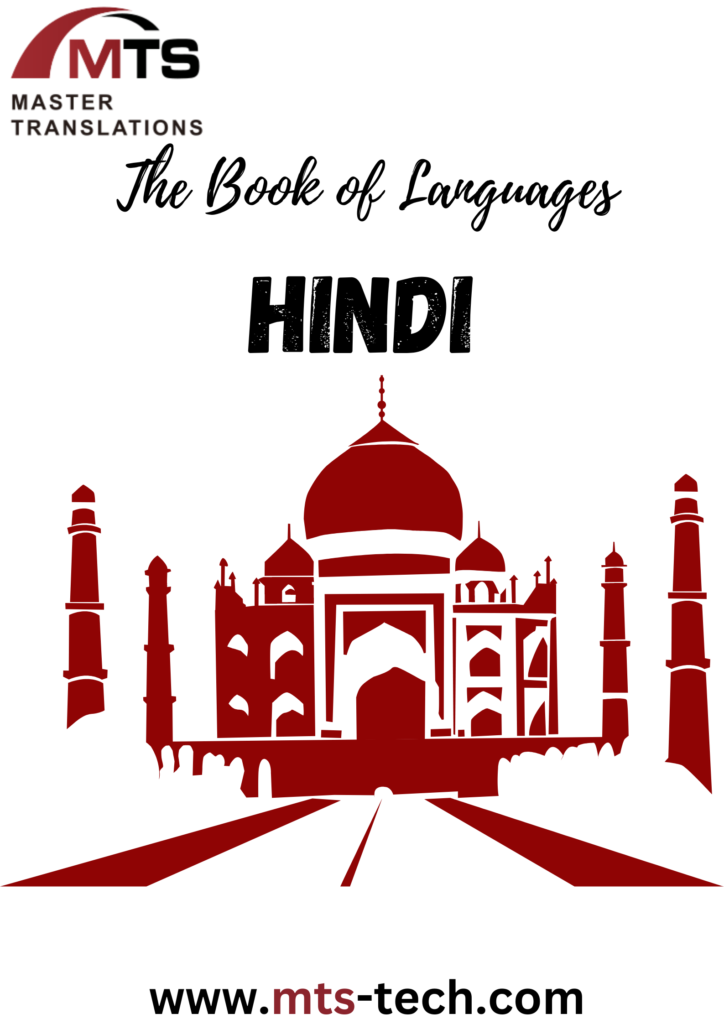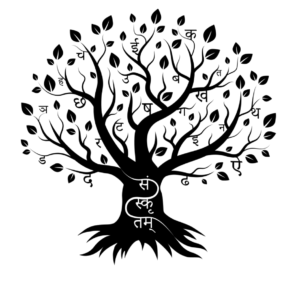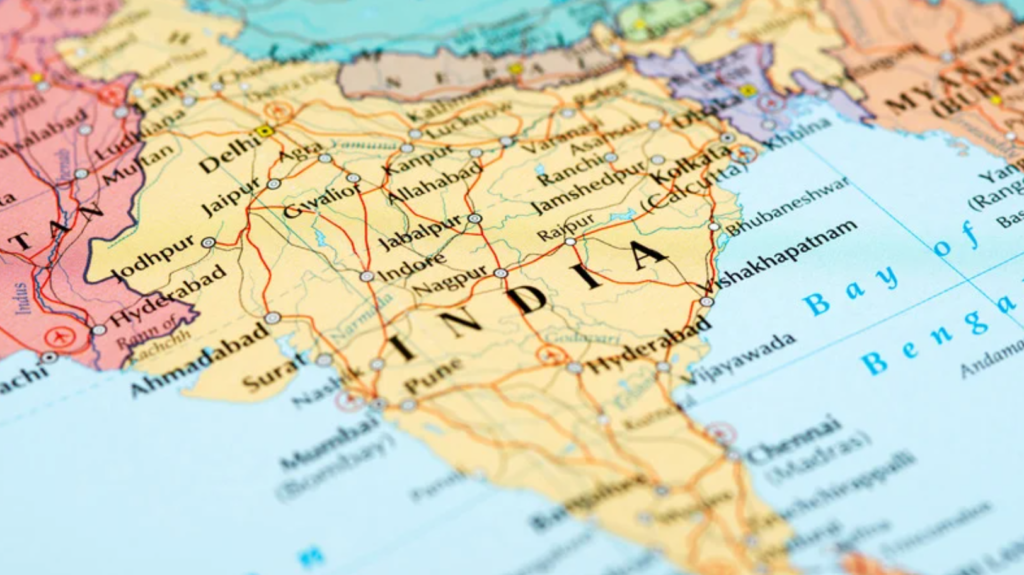
Hindi, one of the world’s most spoken languages, serves as a bridge between millions of hearts, reflecting the rich culture and diversity of India. As one of the official languages of India, it is spoken by over 400 million people as a first language, and by many more as a second language. Its script, Devanagari, carries with it tales of ancient civilizations, mythology, and the vibrant ethos of India.

The Roots
The roots of Hindi can be traced back to Sanskrit, an ancient language from which many modern Indo-Aryan languages have evolved. Over centuries, Hindi underwent multiple transformations, primarily influenced by Turkic, Persian, Arabic, Portuguese, and English due to various invasions and colonial periods. By the 19th century, modern Hindi started to take shape, distinguished from its earlier version, which was more popularly known as Hindustani or Khari Boli.
The official adoption of Hindi in the Devanagari script as one of the official languages of India came in 1949, with the Indian constitution’s ratification. However, it wasn’t just political forces that shaped the language. Literature, poetry, and folk tales played a pivotal role in its evolution, giving Hindi its distinct identity and a repository of rich textual treasures.
Words!
One of Hindi’s many fascinating aspects is its unique vocabulary that encapsulates India’s diverse culture and rich heritage. One such word is ‘Jugaad’, often translated as a ‘hack’ but truly captures the Indian spirit of making things work against the odds. ‘Samosa’, though globally recognized as a delicious snack, has its etymology deeply rooted in ancient history. Lastly, the word ‘Namaste’, an Indian greeting, holds deep respect and acknowledges the divine spirit within another person.
Diving deeper into Hindi’s realm reveals some awe-inspiring facets. First, despite its vast speakers, Hindi is not a national language of India; it is one of the 22 recognized regional languages. Secondly, Bollywood, the mammoth film industry of India, primarily produces movies in Hindi, making the language familiar to people even in regions where Hindi isn’t predominantly spoken. Lastly, the influence of Hindi extends beyond borders. Countries like Fiji, Nepal, and Mauritius have significant Hindi-speaking populations, with the language playing a role in their cultural expressions.


Music!
Hindi music, synonymous for many with Bollywood, has always been a mesmerizing blend of melodies, emotions, and storytelling. From classical ragas to the contemporary fusion beats, Hindi music embodies the soul of India. Legendary artists like Lata Mangeshkar, Kishore Kumar, and A.R. Rahman have used Hindi to deliver some of the most iconic songs, touching millions globally.
However, it’s not just film music that has garnered attention. Independent music genres, ghazals, and qawwalis in Hindi have enchanted listeners with their profound lyrics and soulful renditions. These musical genres are not only a testament to Hindi’s flexibility and depth but also showcase the language’s ability to convey profound emotions and narratives.
Learning Hindi can be a rewarding journey. Not only does it open doors to a vast literary world, but it also offers an intimate understanding of India’s culture, traditions, and ethos. For beginners, mastering the Devanagari script might appear daunting, but with regular practice, it becomes second nature.
Modern technology has made learning Hindi more accessible. Numerous online platforms offer comprehensive courses, podcasts, and applications that focus on conversational Hindi, grammar, and vocabulary. Whether you’re drawn to its lyrical beauty or its ability to connect diverse people, Hindi promises a linguistic journey like no other.

